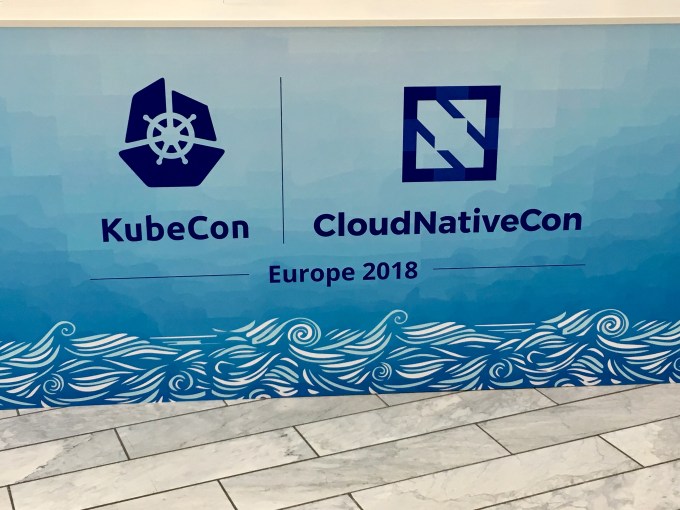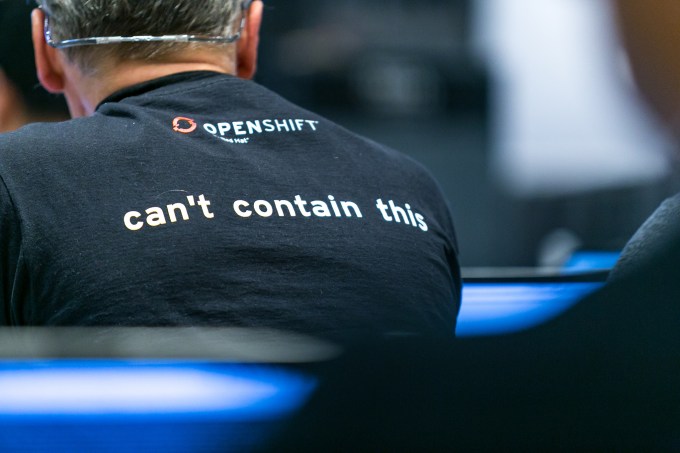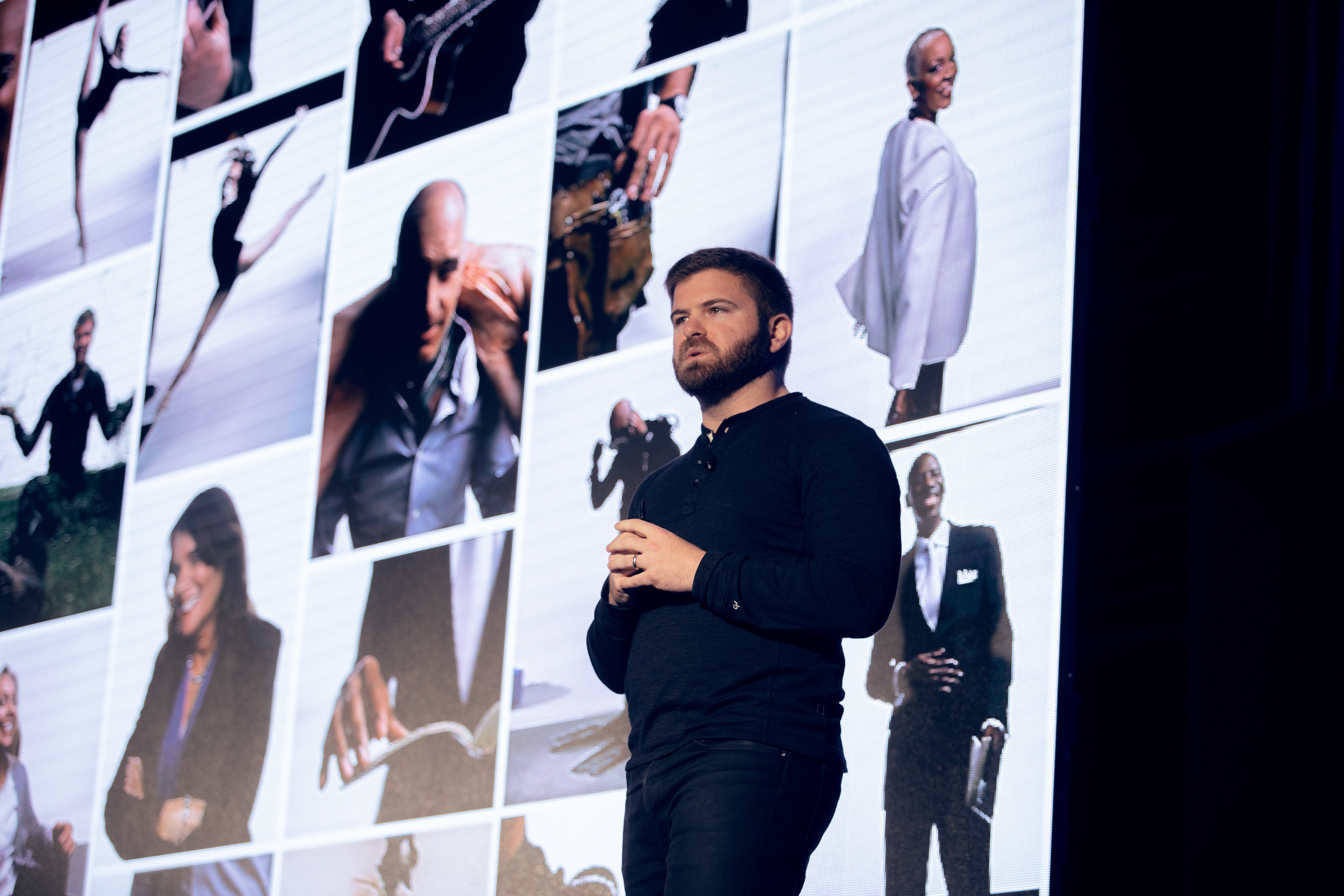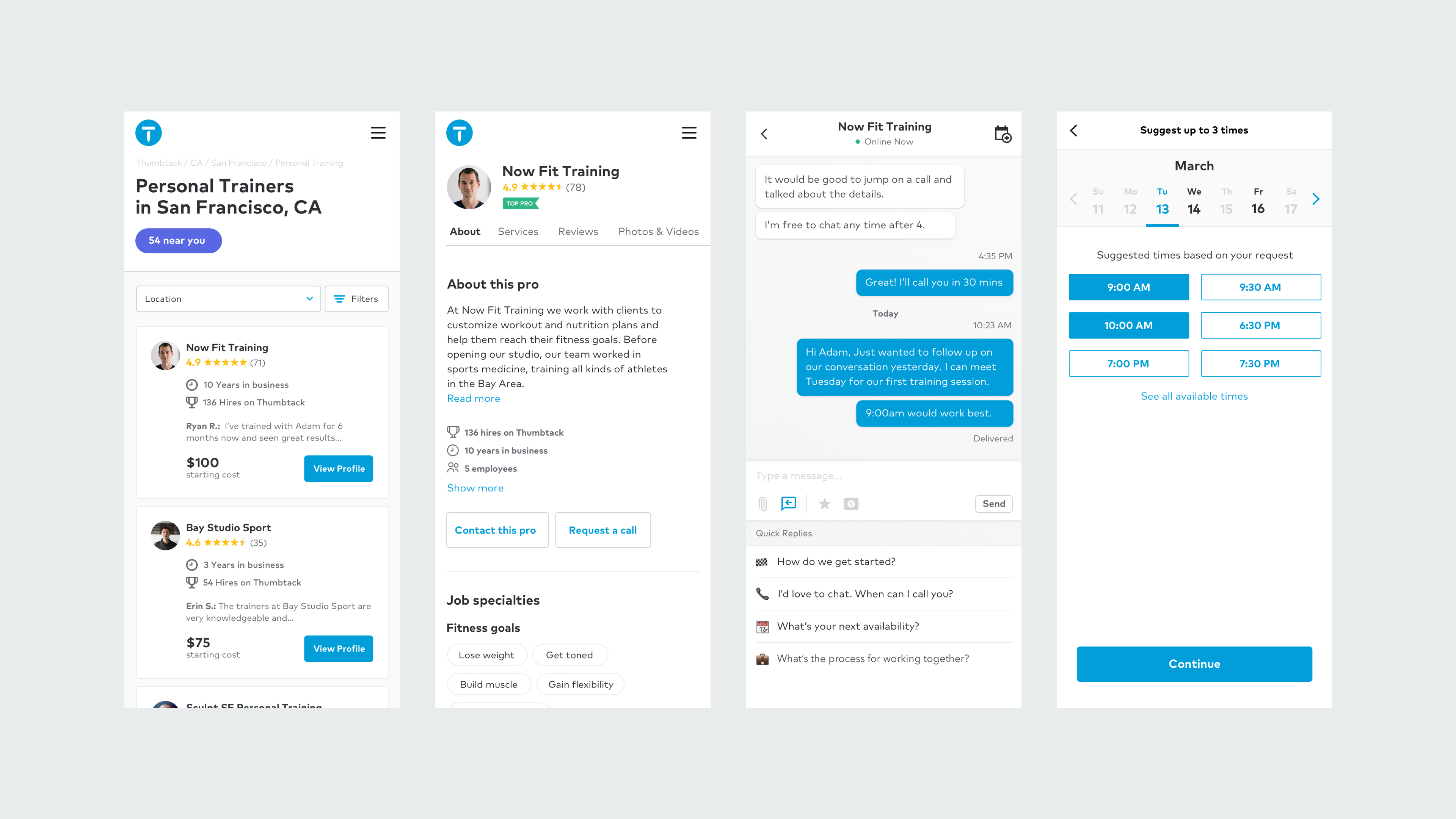Another week, another paywall. This time, it’s Bloomberg, which announced that it would be adding a comprehensive paywall to its news service and television channel (except TicToc, its media partnership with Twitter). A paywall was hardly a surprise, but what was surprising was the price: the standard subscription is $35 a month (up from $0 a month), or $40 a month including access to online and print editions of Businessweek.
And people say avocado toast is expensive.
That’s not the only subscription coming up though. Now Facebook is considering adding an ad-free subscription option. These rumors have come and gone in the past, with no sign of change in the company’s resolute focus on advertising as its core business model. Post-Cambridge Analytica and post-GDPR though, it seems the company’s position is more malleable, and could be following the plan laid out by my colleague Josh Constine recently. He pegged the potential price at $11 a month, given the company’s revenue per user.
I’m an emphatic champion of subscription models, particularly in media. Subscriptions align incentives in a way that advertising can never do, while also avoiding the morass of privacy and ethics that plague ad targeting. Subscription revenues are also more reliable than ad dollars, making it easier to budget and improve operational efficiency for an organization.
Incentive alignment is one thing, and my wallet is another. All of these subscriptions are starting to add up. These days, my media subscriptions are hovering around $80 a month, and I don’t even have TV. Storage costs for Google, Apple, and Dropbox are another $13 a month. Cable and cell service are another $200 a month combined. Software subscriptions are probably about $20 a month (although so many are annualized its hard to keep track of them). Amazon Prime and a few others total in around $25 a month.
Worse, subscriptions aren’t getting any cheaper. Amazon Prime just increased its price to $120 a year, Netflix increased its popular middle-tier plan to $11 a month late last year, and YouTube increased its TV pricing to $40 a month last month. Add in new paywalls, and the burden of subscriptions is rising far faster than consumer incomes.
I’m frustrated with this hell. I’m frustrated that the web’s promise of instant and free access to the world’s information appears to be dying. I’m frustrated that subscription usually means just putting formerly free content behind a paywall. I’m frustrated that the price for subscriptions seems wildly high compared to the ad dollars that the fees substitute for. And I’m frustrated that subscription pricing rarely seems to account for other subscriptions I have, even when content libraries are similar.
Subscriptions can be a great tool, but everyone seems to be doing them wrong. We need to transform our thinking here if we are to move on from the manacles of the ad networks.
Before we dive in though, let’s be clear: the web needs a business model. We didn’t need paywalls on the early web because we focused on plain text from other users. Plain text is easier to produce, lowering the friction for people to contribute, and it’s also cheaper to store and transmit, lowering the cost of bandwidth.
Today’s consumers though have significantly higher standards than the original users of the web. Consumers want immersive experiences, well-designed pages with fonts, graphics, photos, and videos coming together into a compelling format. That “quality” costs enormous sums in engineering and design talent, not to mention massively increasing bandwidth and storage costs.
Take my colleague Connie Loizos’ article from yesterday reporting on a new venture fund. The text itself is about 3.5 kilobytes uncompressed, but the total payload of the page if nothing is cached is more than 10 MB, or more than 3000x the data usage of the actual text itself. This pattern has become so common that it has been called the website obesity crisis. Yet, all of our research shows people want high-definition images with their stories, instant loading of articles on the site, and interactivity. Those features have to be paid somehow, begetting us the advertising and subscription models we see today.
The other cost is content production itself. Volunteers just haven’t produced the information we are seeking. Wikipedia is an extraordinary resource, but its depth falters when we start looking for information about our local communities, or news, or individuals who aren’t famous. The reality is that information gathering is hard work, and in a capitalist system, we need to compensate people to do it. My colleagues and I are passionate about startups and technology, but we need to eat to publish.
While an open, free, and democratized web is ideal, these two challenges demonstrate that a business model had to be attached to make it function. Advertising is one such model, with massive privacy violations required to optimize it. The other approach is charging for access.
Unfortunately, subscription seems to be an area filled with product engineers and marketers led by brain-dead executives. The default choice of Bloomberg this week and so many other publications is to simply put formerly free content behind a paywall. No consumer wants to pay for something they formerly got for free, and yet we repeatedly see examples of subscriptions designed this way.
I don’t know when media started hiring IRS accountants, but subscriptions should be seen as an upgrade, not a tax. A subscription should provide new features, content, and capabilities that didn’t exist before while maintaining the former product that consumers have enjoyed for years.
Take MoviePass for instance. Consumers can continue to watch movies as they always have in the past, but now they have a new subscription option to watch potentially more movies for a set price. Among my friends, MoviePass has completely changed the way they think of films. Instead of just seeing one blockbuster every month, they are heading to an art house film because “we’ve essentially already paid for it, so why not try it?” The pricing is clearly too cheap, but that shouldn’t distract from a product that offered a completely new experience from a subscription.
The hell is even worse though. We not only get paywalls where none existed before, but the prices of those subscriptions are always vastly more expensive than consumers ever wanted. It’s not just Bloomberg and media — it’s software too. I used to write everything in Ulysses, a syncing Markdown editor for OS X and iOS. I paid $70 to buy the apps, but then the company switched to a $40 a year annual subscription, and as the dozens of angry reviews and comments illustrate, that price is vastly out of proportion from the cost of providing the software (which I might add, is entirely hosted on iCloud infrastructure).
For product marketers, the default mentality is to extract a lot of value from the 1% of readers or users that are going to convert to paid. Subscriptions are always positioned as all-or-nothing, with limited metering or tiering, to try to force the conversion. To my mind though, the question is not how to get 1% of readers to pay an exorbitant price, but how to get say 20% of your readers to pay you a cheaper price. It’s not about exclusion, but about participation.
One way we could fix that situation would be to allow subscriptions to combine together more cheaply. We are starting to see this too: Spotify, Hulu, and Scribd appear to be investigating a deal in which consumers can get a joint subscription from these services for a lower rate. Setapp is a set of more than one hundred OS X apps that come bundled for about $10 a month.
I’d love to see more of these partnerships, because they are much more fair to the consumer and ultimately allow smaller subscription companies to compete with the likes of Google, Amazon, Apple, and others. Cross-marketing lowers subscriber acquisition costs, and those savings should ultimately stream down to the consumer.
Subscription hell is real, but that doesn’t mean the business model is flawed. Rather, we need to completely transform our thinking around these models, including the marketing behind them and the features that they offer. We also need to consider consumers and their wallets more holistically, since no one buys a subscription in a vacuum. For too long, paywall playbooks have just been copied rather than innovated upon. It’s time for product leaders to step up and build a better future.
Read Full Article




